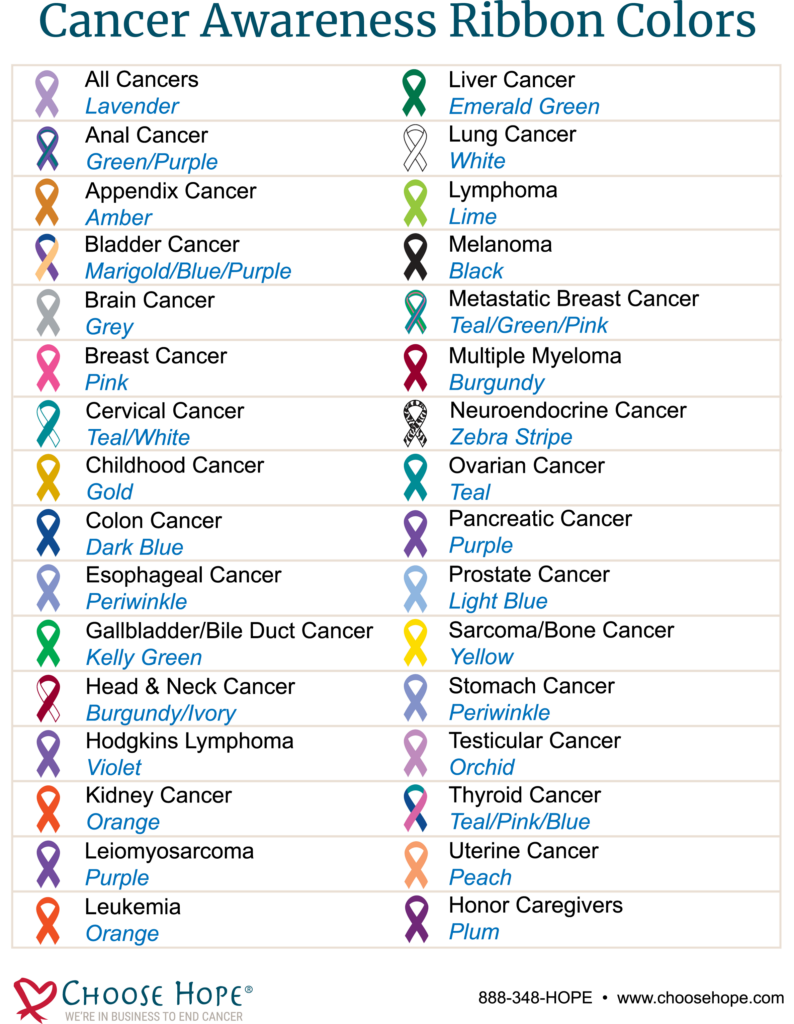Teething And Rash On Cheeks

The woes of parenting an infant can be daunting, especially when it comes to deciphering the various physical manifestations that may appear on their delicate skin. Among the many concerns that plague parents, teething and rash on cheeks are two phenomena that often coincide, leaving caregivers wondering about the connection between these symptoms. In this comprehensive guide, we’ll delve into the world of infant teething, explore the possible causes of cheek rashes, and discuss the potential relationship between these two common issues.
Understanding Teething
Teething is a natural process that occurs when an infant’s teeth begin to erupt through the gums. This milestone typically starts around six months of age, although it can vary significantly from one child to another. The eruption of teeth can cause discomfort, leading to a range of behaviors and physical signs, including drooling, irritability, and swollen gums. While teething is a normal part of development, it can be challenging for parents to manage, especially when it seems to be associated with other symptoms like a rash on the cheeks.
The Enigma of Cheek Rashes
A rash on an infant’s cheeks can be alarming, especially when it appears without an apparent cause. There are several potential explanations for cheek rashes in infants, including:
- Teething rash: Some experts believe that the excess saliva produced during teething can cause a rash on the cheeks, chin, and neck. This type of rash is usually mild and resolves on its own.
- Eczema: Infantile eczema, also known as atopic dermatitis, is a common condition characterized by dry, itchy skin. Cheek rashes can be a symptom of eczema, which may be triggered by various factors, including allergies, environmental factors, or genetic predisposition.
- Allergic reactions: Infants can develop allergic reactions to various substances, such as food, skincare products, or environmental allergens. These reactions can manifest as a rash on the cheeks, among other symptoms.
- Viral infections: Certain viral infections, like roseola or fifth disease, can cause a rash on the cheeks, often accompanied by fever and other symptoms.
The Connection Between Teething and Cheek Rashes
While the exact relationship between teething and cheek rashes is not fully understood, several theories attempt to explain their concurrent appearance:
- Increased saliva production: As mentioned earlier, teething can lead to excessive saliva production, which may cause a rash on the cheeks due to skin irritation.
- Irritation and friction: The constant drooling and rubbing of the cheeks against surfaces can cause friction, leading to skin irritation and a subsequent rash.
- Hormonal changes: Teething has been linked to hormonal fluctuations, which may affect the skin and contribute to the development of a rash.
- Immune system responses: Teething can stimulate the immune system, potentially leading to an increased response to environmental allergens or irritants, which may manifest as a cheek rash.
Diagnosis and Treatment
If your infant develops a rash on their cheeks, it’s essential to consult with a pediatrician to determine the underlying cause. A thorough examination and medical history will help your doctor diagnose the condition and recommend appropriate treatment. In some cases, the rash may resolve on its own, while in others, topical creams, oral medications, or lifestyle changes may be necessary to alleviate symptoms.
Practical Tips for Managing Teething and Cheek Rashes
While the connection between teething and cheek rashes is still unclear, there are several strategies you can use to soothe your infant’s discomfort and reduce the appearance of a rash:
- Keep the skin clean and dry: Gently wipe your infant’s face and neck with a soft cloth to remove excess saliva and prevent skin irritation.
- Apply a gentle moisturizer: Keeping the skin hydrated can help reduce irritation and discomfort.
- Offer teething toys and gentle massage: Provide your infant with teething toys or gently massage their gums to alleviate teething pain.
- Monitor for allergies and irritants: Be aware of potential allergens and irritants in your infant’s environment and take steps to minimize exposure.
It's crucial to remember that every infant is unique, and what works for one child may not work for another. If you're concerned about your infant's teething or cheek rash, always consult with a pediatrician for personalized guidance and support.
Frequently Asked Questions
Can teething cause a rash on my infant's cheeks?
+While the exact relationship between teething and cheek rashes is unclear, excessive saliva production and skin irritation during teething may contribute to the development of a rash.
How can I soothe my infant's teething discomfort and reduce the appearance of a cheek rash?
+Keep the skin clean and dry, apply a gentle moisturizer, offer teething toys and gentle massage, and monitor for allergies and irritants. Consult with a pediatrician for personalized advice.
What are the potential causes of a cheek rash in infants?
+Potential causes of cheek rashes in infants include teething rash, eczema, allergic reactions, and viral infections. Consult with a pediatrician to determine the underlying cause and develop a treatment plan.
In conclusion, while the connection between teething and cheek rashes in infants is still not fully understood, it’s essential to be aware of the potential causes and take steps to soothe your infant’s discomfort. By keeping the skin clean and dry, applying gentle moisturizers, and offering teething toys and gentle massage, you can help reduce the appearance of a rash and make your infant more comfortable. Always consult with a pediatrician if you’re concerned about your infant’s teething or cheek rash, as they can provide personalized guidance and support to ensure your child receives the best possible care.



